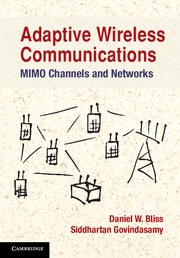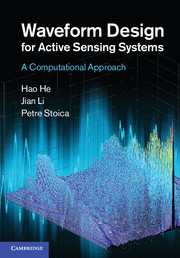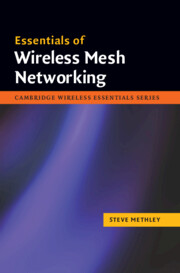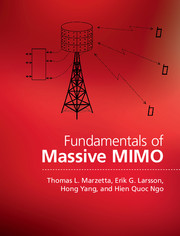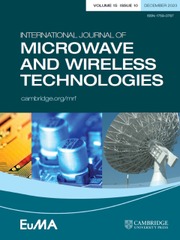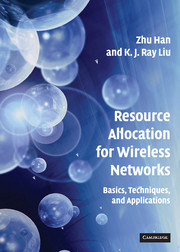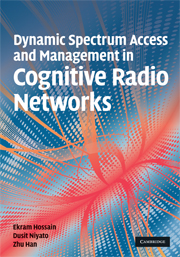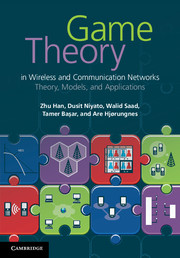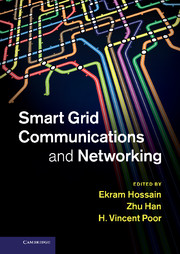Compressive Sensing for Wireless Networks
Compressive sensing is a new signal processing paradigm that aims to encode sparse signals by using far lower sampling rates than those in the traditional Nyquist approach. It helps acquire, store, fuse and process large data sets efficiently and accurately. This method, which links data acquisition, compression, dimensionality reduction and optimization, has attracted significant attention from researchers and engineers in various areas. This comprehensive reference develops a unified view on how to incorporate efficiently the idea of compressive sensing over assorted wireless network scenarios, interweaving concepts from signal processing, optimization, information theory, communications and networking to address the issues in question from an engineering perspective. It enables students, researchers and communications engineers to develop a working knowledge of compressive sensing, including background on the basics of compressive sensing theory, an understanding of its benefits and limitations, and the skills needed to take advantage of compressive sensing in wireless networks.
- Provides a comprehensive overview of the theory of compressive sensing
- Introduces the compressive sensing techniques and demonstrates effective applications of compressive sensing ideas and tools for engineers
- Purpose-written for engineers, enabling them to understand and use the terminology to solve engineering problems
Product details
June 2013Hardback
9781107018839
304 pages
253 × 180 × 20 mm
0.79kg
100 b/w illus. 7 tables
Available
Table of Contents
- 1. Introduction
- 2. Overview of wireless networks
- Part I. Compressive Sensing Techniques:
- 3. Compressive sensing framework
- 4. Sparse optimization algorithms
- Part II. Compressive Sensing-Based Wireless Communication:
- 5. Analog to digital converter
- 6. Channel estimation
- 7. Ultra wide band
- 8. Positioning
- 9. Multiple access
- 10. Cognitive radio networks and sensor networks.


